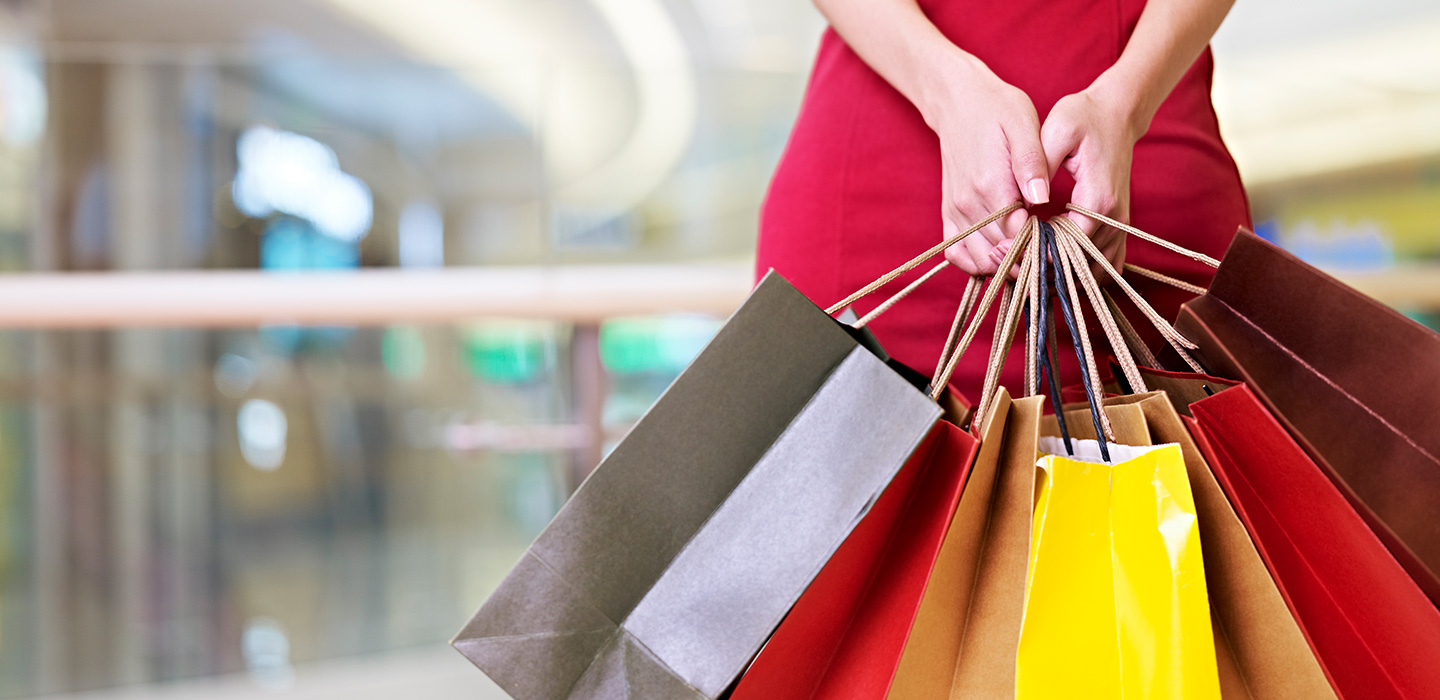Singaporeans love a good bargain. So much so that there’s an annual event that’s dedicated to shopping – the Great Singapore Sale. This year, due to COVID-19, it kicked off on 9 September, alongside the online sales promotion season. Other significant dates that have online shoppers stocking things up in their virtual carts and ready to check out include 10 October, 11 November and 12 December. Rest assured e-commerce firms such as Amazon, Lazada, Shopee and Taobao are all offering promotions. Brick-and-mortar stores are joining in the frenzy as well.
One common sales tactic involves throwing in freebies or purchase-with-purchase items. Buy a camera, and get a free thumb drive. Buy diapers, and get a voucher for a free packet of wet wipes.
Not many businesses may think about whether the gift is presented either as a physical item or a voucher. Often, it is based on what is available. Of course, there are also practical considerations. A free one-night stay in a hotel or other services are often presented in vouchers, so are items that are too large for the customer to carry home.
In other situations where the free gift, such as a juice blender, can be given directly to the customer or given in the form of a voucher, the gift format may actually influence the customer’s purchase likelihood.
In online and field experiments that I carried out with Ding Yu, a doctoral candidate in Marketing atColumbia Business School, we first asked a group of participants to rate their expected value of a free gift for the promoted product. Based on this expected value, we chose a gift with a value lower than expected, and a gift with a value higher than expected. We then recruited another group of participants and assigned them into two different conditions – those who were offered a free gift, and those who were offered a voucherfor the same product. Here, we minimised participants’ efforts associated with redeeming the voucher.
We found that when participants received the free gift whose perceived value exceeded expectations, they were more likely to buy the main product, as compared to when a voucher of the same value was given. In contrast, in the situation when the free gift’s value did not meet expectations, a voucher led to a greater purchase intention.
We found that vouchers influence customers’ sensitivity to the value of the promotion. They break the direct comparison between the value of the free gift and the value of the main product. Hence, participants who are offered a voucher are less likely to compare the gift value with the main product value. As a result, those who receive a voucher in the high-value promotion get less excited about the promotion compared to consumers who are offered a gift.
In a low-value promotion, a voucher reduces the tendency to compare the low gift value with the main product value, thus reducing disappointment about the low value. Thus, those who receive a voucher feel better about the promotion than those who are offered a gift directly. So what should businesses do? When deciding on the gift format, they can do a simple survey with customers to find out how much they expect the value of a free gift to be. If their free gift’s value is higher than this expected value, they should present it directly to the customer i.e. the customer can walk away with the free gift directly. Conversely, if the free gift’s value is lower than the expected value, they can present it in the form of a voucher.
As for consumers, they do not really lose out whether they receive a free gift or a voucher. For small ticket items, it may not be worth the effort to scrutinise the format. For big ticket items, a house for example, perhaps consumers can think about the actual value of the gift or the voucher and decide if they are really keen on the purchase.
Happy shopping!




